As Saab enthusiasts, we recognize that it’s challenging to compare a 20-year-old model like the Saab 9-3 to modern EVs. Nonetheless, the Saab 9-3 remains a highly usable vehicle and is priced far below that of a new or even used EV. While we don’t want to be pretentious, it’s interesting to draw an informal comparison between the two, highlighting the timeless appeal and practical benefits of the Saab 9-3 in today’s automotive landscape.
In the rapidly evolving world of automotive technology, electric vehicles (EVs) are becoming increasingly popular due to their advanced features, environmental benefits, and efficient performance. However, the growth of EV sales has shown signs of slowing down. For instance, in Germany, EV sales dropped by 15% last year compared to the previous year.
Additionally, Toyota, the world’s largest automaker, reported that only 1% of its total vehicle sales were fully electric cars. This trend has led many manufacturers to revisit and continue the development of internal combustion engines (ICE). Despite the rise of EVs, classic cars like the Saab 9-3 continue to hold a special place in the hearts of many enthusiasts. This article will explore how the Saab 9-3 compares to the latest electric vehicles and why it still shines in several key areas.
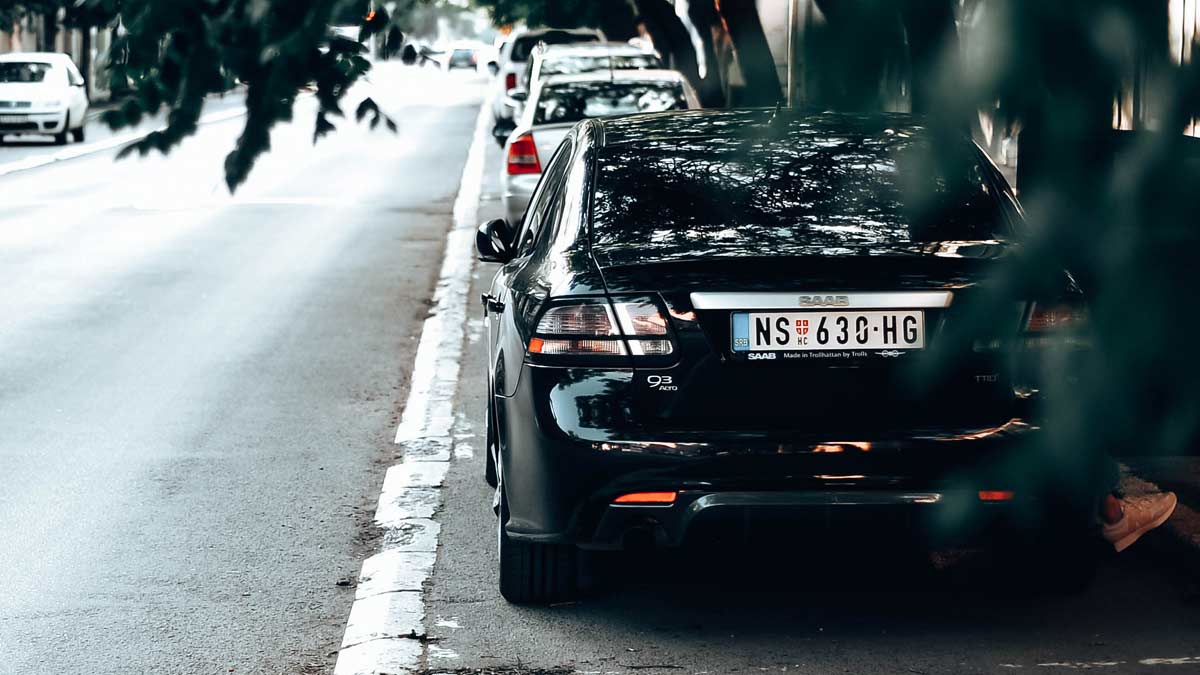
Table of Contents
Design and Aesthetics
One of the most recognizable aspects of Saab cars is their unique design. The Saab 9-3, with its sleek and aerodynamic lines, exudes Swedish sophistication and practicality. Its sporty appearance continues to turn heads, which is often hard to say for many modern electric cars that sometimes look too futuristic or generic.
Saab undeniably excels in design and front-seat comfort. While the rear seat offers slightly less space, similar to other cars in this segment like the BMW 3 Series or Audi A4, smaller electric cars provide even less room. In contrast, larger electric models like those from Tesla offer more space, but they are significantly larger and not directly comparable. The need for maximum aerodynamics in modern EVs often results in a rather bland appearance, whereas the Saab 9-3 maintains a classic and attractive look.

Performance and Driving Experience
While electric cars offer impressive performance with instant torque and quiet operation, the Saab 9-3 provides a different yet equally satisfying experience. With powerful turbocharged engines, Saab models deliver exhilarating driving dynamics with excellent handling and stability.
The Saab 9-3, especially diesel models, offers a much greater range compared to EVs. These cars provide almost the same level of acceleration but, more importantly, can maintain high speeds on highways, making them ideal for long-distance cruising. Electric cars still struggle with increased battery consumption during cooling in summer and heating in winter. The rising cost of electricity is reducing their economic advantage, sometimes equating to that of diesel models.
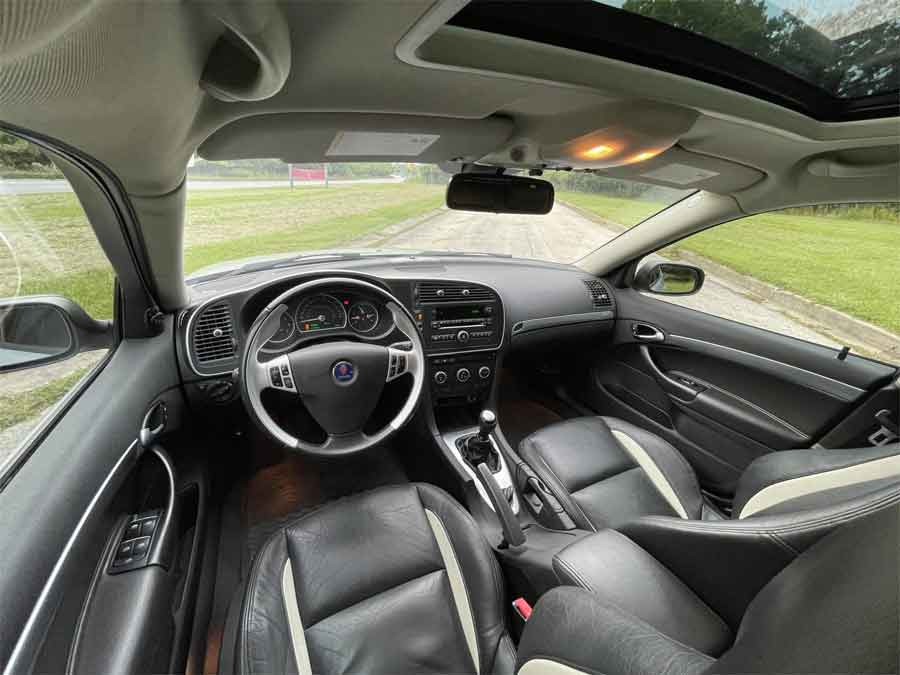
Comfort and Interior Design
Saab is known for its ergonomically designed interiors, inspired by aircraft cockpits. The Saab 9-3 is no exception, offering a high level of comfort for both the driver and passengers with quality materials and a carefully planned control layout.
Modern electric cars often feature minimalist interiors with large screens and digital controls, but many drivers still appreciate the tactile feedback of physical buttons and switches found in Saabs. This tactile interaction can contribute to a sense of security and control while driving.
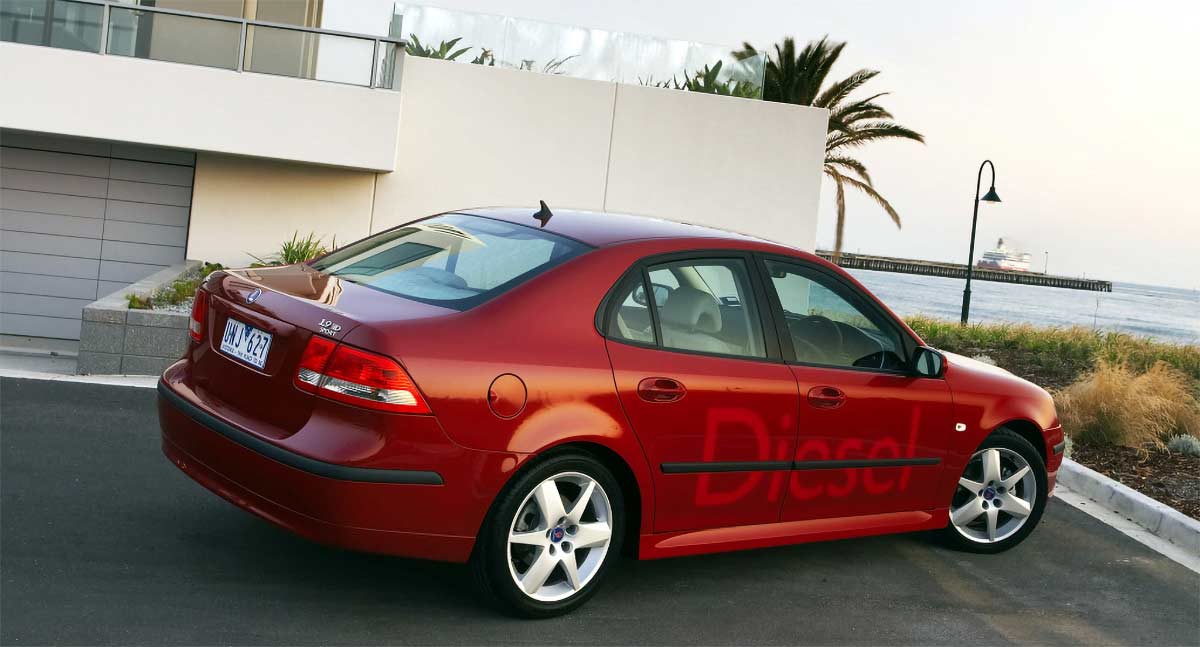
Range and Practicality
Range anxiety remains a significant concern for many electric vehicle owners. While advancements in battery technology have extended the range of modern EVs, they still fall short compared to the range offered by traditional internal combustion engines, especially diesel models like the Saab 9-3.
The Saab 9-3 excels in this area, offering a significantly longer driving range on a single tank of fuel. This makes it a more practical choice for long-distance travel, where charging infrastructure may be sparse or non-existent. Additionally, the ability to quickly refuel at any gas station provides a level of convenience that EVs currently cannot match.
Maintenance and Longevity
The Saab 9-3 is renowned for its durability and reliability. Many owners report their vehicles have clocked hundreds of thousands of miles without major issues. Regular maintenance and part replacements can extend the lifespan of these cars, making them a cost-effective long-term investment.
Electric vehicles, while having fewer moving parts and lower maintenance requirements, present challenges in other areas. Insurance costs for EVs are rising due to the high cost of battery replacements and the tendency for these cars to be written off in accidents, placing a financial burden on insurers and increasing premiums for owners.

Safety Features
Saab has always been at the forefront of automotive safety. The Saab 9-3 is equipped with a range of safety features that were ahead of their time when the car was released. These include robust side-impact protection, advanced airbag systems, and superior crash test ratings.
While modern electric vehicles are also packed with advanced safety features, including automated driving aids and extensive crash protection, the Saab 9-3’s legacy of safety innovation still holds its ground. The solid construction and thoughtful design contribute to a sense of security and confidence while driving.
Emotional Connection and Heritage
Owning a Saab 9-3 is more than just owning a car; it’s about being part of a legacy. Saab enthusiasts are passionate about the brand, often valuing the unique driving experience and the history behind the vehicle. The distinctive design, the turbocharged performance, and the innovative safety features all contribute to a deep emotional connection.
Electric vehicles, while impressive in their own right, often lack the same level of heritage and character. For many, driving a Saab 9-3 is about more than just getting from point A to point B; it’s about enjoying the journey and being part of a community that shares a common appreciation for this iconic brand.
Environmental Impact
One of the main advantages of electric vehicles is their reduced environmental impact, particularly in terms of emissions. However, it’s important to consider the full lifecycle of a vehicle when evaluating its environmental credentials. The production of EV batteries, for instance, is resource-intensive and has a significant environmental footprint.
Saab 9-3, particularly diesel models, offer excellent fuel efficiency, which contributes to lower emissions compared to older gasoline engines. Furthermore, the longevity and durability of these cars mean that they can stay on the road longer, reducing the need for new vehicle production and thus minimizing their overall environmental impact.
Cost of Ownership
The total cost of owning a vehicle includes more than just the purchase price; it encompasses fuel costs, maintenance, insurance, and depreciation. While electric vehicles often have lower operating costs due to cheaper electricity and fewer maintenance requirements, the high initial purchase price and rising insurance premiums can offset these savings.
Saab 9-3 models, especially those that have been well-maintained, offer a more balanced cost of ownership. The initial purchase price is typically lower than that of a new EV, and while fuel costs may be higher, the lower maintenance costs and stable insurance premiums make it a financially viable option for many.
The Enduring Appeal of the Saab 9-3
While electric vehicles undoubtedly represent the future of the automotive industry with their ecological benefits and advanced technology, the Saab 9-3 continues to shine in many aspects. Its classic design, exhilarating driving experience, comfort, and longevity make it a special choice for car enthusiasts.
For those who value traditional qualities and the character of a car, the Saab 9-3 remains a symbol of quality and innovation. As the automotive world evolves, this model continues to inspire and provide joy to many drivers around the globe. Whether you’re a long-time Saab enthusiast or new to the brand, the Saab 9-3 is a testament to the enduring appeal of well-crafted automobiles.






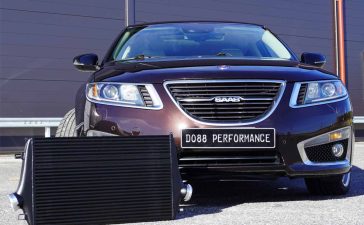

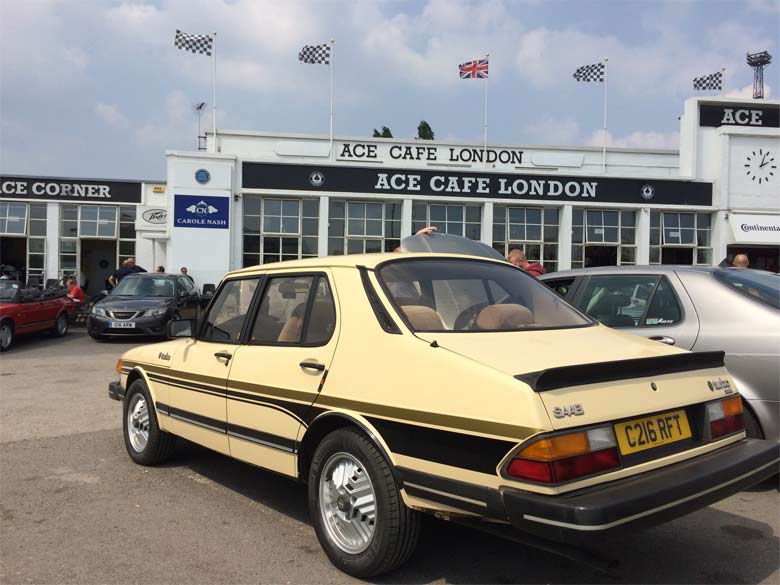
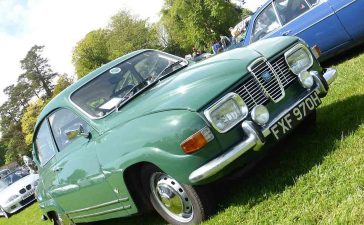
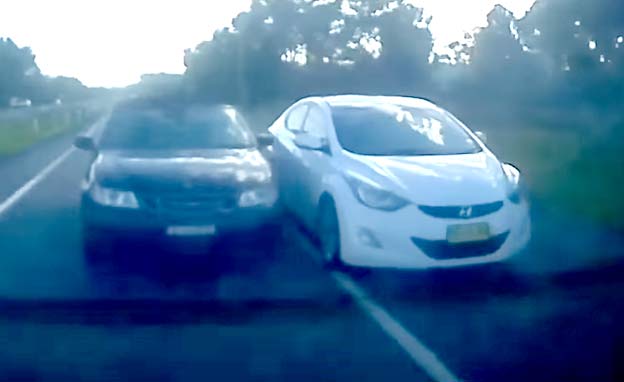

Loved my Saab 93 XWD 2.0T, like a maniac. However at 150,000km it started to fall apart: ECU, self levelling shock absorbers, engine rotation sensor, crank shaft, poor wiring that 6 service centers could not repair… It just wan’ t fun anymore. Thanks for the great memories, but I had to sell it. I really miss my aeroplane…
That is so true. ECU is and then what else? Scary to think if that does not right itself in the end. ECU brain box : (
Love my 2008 9-3 2.0T convertible but very sensitive vehicle.
Nothing is false in there, but…it depends a lot on your local emission laws, access to willing mechanics, and your capacity to accept driving a 15+ year old car. 😉 Me, i have no « new car ego. »
They didn’t know what they were doing , as I own 3 Saab 9-3
04 Areo
08 sedan
2010 with griffin
All of the things you mentioned are very easy to replace for a diy and these cars even the 2.0T can be tuned or run big turbos with next to no issues, the ecu is an issue bc of placement but now they have a plate that it sits on so it’s not metal to metal, keeping it from the heat.. these are great cars and so much fun.. and won manufacturers award in 2021 up against all brands…
I love the Saab, my cousine let the customer experience team, but why this completely unnecessary and irrelevant comparison with today’s EVs?
And don’t overlook the joy of driving a 9-3 cabriolet. There is nothing like that to be found in an EV.
I had a 2004 9.3 Aero convertible until 2023 when it caught fire on a motorway in France, suspected loose spark plug leaking fuel.
I now have the same model 2009 which I bought in the UK absolutely wonderful sales room condition with a few extras not in the 2004 model. Has 30,000 miles on the clock. Paid £4,900
That is so true. ECU is and then what else? Scary to think if that does not right itself in the end. ECU brain box : (
Love my 2008 9-3 2.0T convertible but very sensitive vehicle.
I am the proud 1st owner of a 2008 Saab Aero convertible with 55,000 miles. Saabs are often finicky , and develop problems that come and go, like not starting, smoke coming out from the hood, power windows not going up all the way. I don’t take it on long trips. The Saab dealer repair service was subpar and expensive. We have several garages that specialize in Saabs, so I am lucky. Still, I love this car. It is pampered and washed after every outing. Each time I take it out, someone always comments on what a great looking car it is.
I drive my 2004 SAAB 9-3 black convertible with 85,000 miles on it every day. Admittedly it’s been housed in the garage in winter for the last 10 years, but it’s in great shape and, as others have commented on heirs, it draws rave reviews. My third SAAB convertible following a 1988 and 1996…each terrific in its own way. Have been fortunate to have a garage specializing in SAABs which has been able to find any needed parts. Looking forward to top down touring of Finger Lakes wineries this summer.
Original owner of 2 9-3’s : 2009 SportCombi black 57000 miles and 2011 Sedan white 53000 miles. Both 2.0T FWD 6-speed manual. Interiors modified with leather everywhere. I’m using custom car covers for protection here in East Central Florida. The sedan is a great road trip car (3 trips western states 5k miles each trip) 30+ mpg. The Combi acts like a stage 1 tuning kit with only a K&N air filter (mid range torque is incredible). Primary used to transport vintage bicycle (inside vehicle) with back seats folded down to trailhead for riding (30 minutes travel time), The only issues have been door locks and rear bump stops. I’m using Amsoil SS (Signature Series) motor oil which I can change myself. Exterior mods on Combi is 2012 central front grill and titanium rear decor panel. Sedan has sports exhaust and fog lights. Also using eSID on both cars for hidden metrics.
Anyone else noticed how the Polestar 2, looks like a Classic 900 for the 2020’s?
In Sweden there are couple of blokes who converted their 900s to electric, much faster and probably more reliable.
I love my 2008 Saab convertible and we have covered 100,000 pretty much trouble free miles together in my 12 years of ownership. However, it is old technology now. So I’ve paired it with a Nissan Leaf these last 4 years, using the Saab for long runs that included Spain and Portugal last year.
The Leaf is also fantastic, except for its limited range, so it is mainly our “local” car yet we’ve covered 35,000 miles during that time. It’s a brilliant commuter car and totally hassle and maintenance free, I mean just MOTs. It’s done 95,000 miles and is still going strong. Fully charged range has dropped about 20 miles in that time.
I think this year I will put the saab into semi retirement and go for an electric with decent range. Or it may be time to let it go altogether for financial reasons.
Regarding the article. Toyota have been very late to the EV so no wonder it has poor sales. Competition is brutal now and we see prices coming down significantly. Battery technology is also advancing so quickly in such a short time. The range issue is rapidly disappearing. The charging network and technology is also advancing.
I think there is no escape from the advance of electric vehicles. Electricity is going to be so simple to use and replace, without poisoning each other, changing the climate and destroying ecosystems.
I’ve always loved ICE cars, I built a kit car using bits and bobs from scrap yards in my teens and had lots of interesting ones I wish I’d kept. I am also sentimental about steam trains, but I wouldn’t want to go from Leeds to London once a week or try to maintain one!
i just read the news, gasoline car selling figures are higher for long time
I appreciate your article comparing a Saab 9-3 with EV:s because it’s a love story. I’ve owned six of those lovely 9-3:s.
But don’t think for a moment that Saab was about old technology. If they were alive today they would have made EV:s. The Emily GT is what Saab would have been all about if it was in business.
And some of your claims about EV:s are also wrong. A Saab 9-3 is not that small. The previous Volvo V60 was a much more comfortable car and the technology and equipment was only good if you opted for the Vector or Aero.
I’ve lived with Saab since birth. I love Saab and have a large collection of memorabilia and some unique stuff. But even I understand that the owners of used Saabs today is not who would be the owners of Saabs if they where sold new today.
Best car I ever had and best car made in Sweden. Design and performance tip top.
Best car I ever had. Since 2007 a drive and I cud change this with the last produced one.
In 2005, I had been in the market for a sporty family car, I found a gorgeous 2001 Saab 9.5 Aero Wagon! Flagship for less than $20k w/ 40k miles(64k,km) loved the car had it for 7 years drove it to 211,000 miles or 340,000km! The engine did not survive but went out doing 85mph everyday sometimes way faster! Sold for $900, wanted to pull the heated seats for my man room and hookup a battery for heat & function!! Kept one BBS rim for a man table! It was a light gun metal silver …one of my favorite of all my cars owned! Miss that car!
When you sit in a 20 year old Saab, you know you are sitting in a car that is still worth the $40,000+ it cost when it was brand new, and is the joy of life to drive. Whe you sit in most any EV, you just want to kill yourself.
Sadly they started turning into Vauxhall, which is why they’ve completely disappeared. GM tried to treat them the same as their cars instead a low production, special niche vehicle that it was
I’m still enjoy driving my 2001 Saab Aero 95 Wagon at 202K. I was introduced to Saab vehicles driving my son’s two Saab 900’s and then brought the 9-5. In it’s early years it delivered almost 30 mpg on long trips. After twenty plus years it still outperforms, our Toyota RAV4 hybrid on acceleration and has two very comfortable front seats. This car is a pleasure to drive and will keep as long as I can drive.
My first SAAB was a ’98 9000 CSE 2.3T loved it immensely when the engine developed a peep hole in the engine block I parted ways with it, (looking back I wish I hadn’t) enter my 2009 9³ 2.0T 6speed manual this car is sweet the acceleration is addictive the seats are comfortable (I am 6’4″.and 250lbs) ample leg room and easy reach to buttons and switches. I belong to the SAAB Owners Club of North America and attended the Carlisle Import & Performance Nationals at the Carlisle Pennsylvania Fairgrounds in May of this year, to see the turn out of SAABs from all different generations including 2 stroke engine models from the sixty’s to the NG 9³ and 9⁵ was epic.
I have now had 5 Saabs. Starting with a 2003 9.5 Aero sedan, awesome car. Then 3 9.3 convertibles, 2006, 2007, which was totalled in a wreck but saved my life, another 2007, which I drove 240,000 miles and then sold to a long time friend. My current Saab is a 2010 9.3 Aero Convertible with 80,000 miles. I just bought this replacing my 2007. It was always garaged, in wonderful shape. I put new rims and tires on it and just added a ceramic coating to protect its beautiful grey metallic finish. I am once again in love with my newest Saab and expect to drive it for another 100,000 miles. Having a Saab convertible is so much fun, live in Florida with i have the top down all year long.
I. Get well over around 1200km+ per tank out of my 9-3 TTiD’s and no loss of time looking for or waiting for batteries to charge.
Can be filled in a matter of minutes only!
True best car in world have some also..
Not to be for negative, but to compare an old Saab with 20 years on the mark with a modern EV and say that Saab is still «on level» is a bit being to possitive.
I have a NG93 cabrio 2004 and love the car, but after been driving EV for over 10 years now i use my Saab as an oldtimer with regular maintenance, les power and grip then my EV’s and more to worry about… and speaking of economy, a trip to work (40km) with the EV koste me 3$, with the Saab 12$, this per day… only in fuel/energy.
I would love to have the Saab as a daily, but for me this would dobble my costs, easy.
My father has a 9-3 1.9 ttid ( twin turbo ) with a remap and nothing else, it is a incredible car, I think around 220 hp with ridicoulos power/fuel consumtion ratio, 400 nm stock, I don’t know how much today, over 200k kilometres.
I have since 3 months bought another 9-3 entry level diesel engine 120 hp, it goes enough with a 6% fuel consumption and without any caring about it, city, mountain, highway. Around 236k on odometer, nothing wrong with that. A windows and a door lock to fix, ordinary amministration for a 15+ years car.